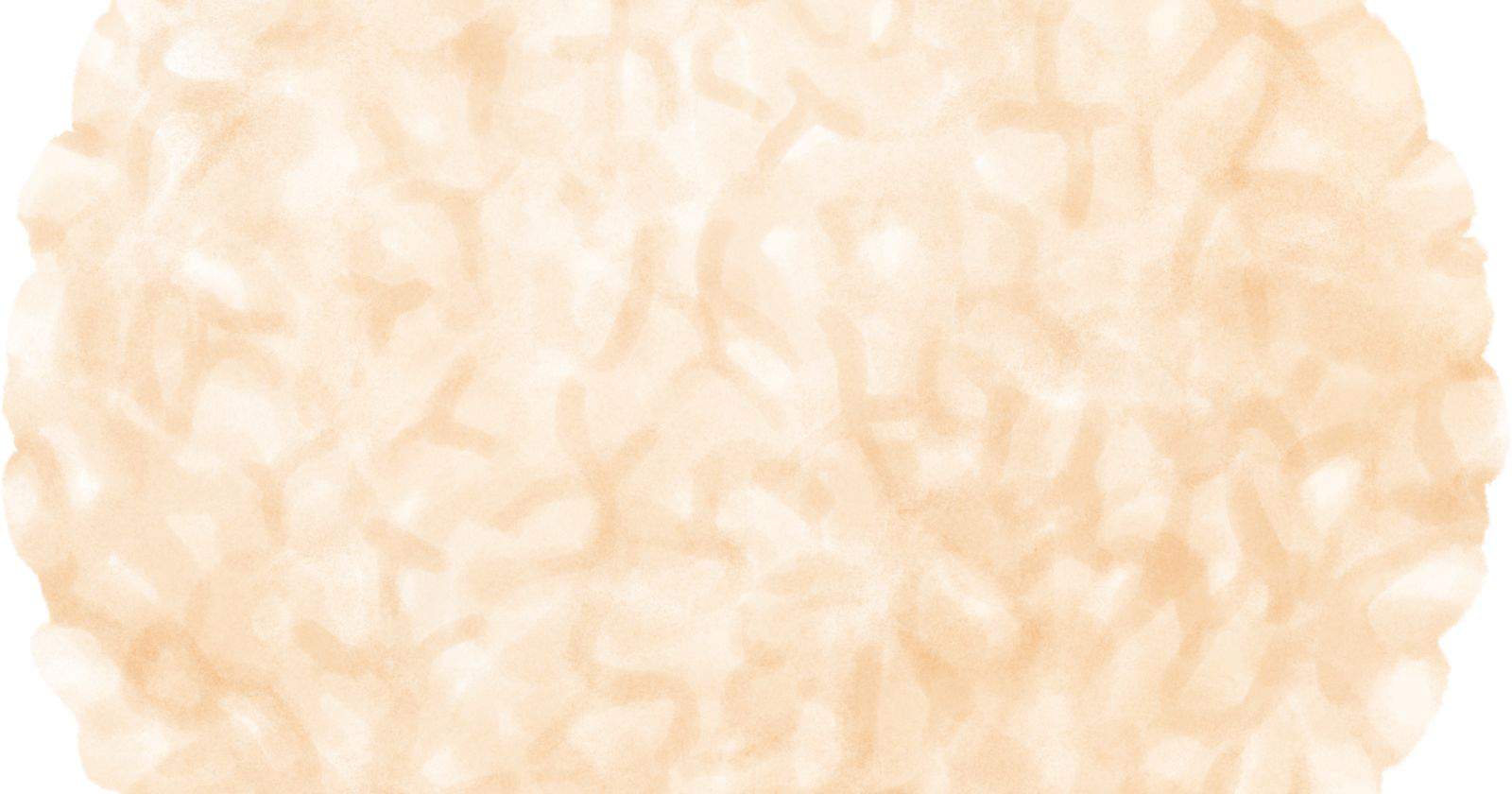Hey sushi lovers! Do you ever ponder over that bag of rice and wonder, “What is the best rice to use for sushi?” There are so many types of rice out there, it can get confusing. But I’m here to clear things up for you!
When it comes to sushi, the ideal rice is short-grain Japanese rice. Look for bags labeled “sushi rice” at the store. This type of rice has just the right stickiness and starch content to mesh perfectly with sushi.
Other short-grain rices that you can use for sushi include:
- Koshihikari – A popular Japanese rice that’s very sticky when cooked.
- Shirakiku – Another sticky Japanese rice that works well for sushi.
- Nishiki – A California-grown short-grain rice made for sushi.
- Arborio – The rice used for risotto, it has a nice chewy texture.
- Bomba – A Spanish short-grain rice that gets very sticky.
- Carnaroli – An Italian rice similar to Arborio but more firm when cooked.
Medium-grain rices can work too but don’t get as sticky as short-grain varieties. Stay away from dry, fluffy long-grain rices like Basmati or Jasmine.
The bottom line is short-grain Japanese rice labeled “sushi rice” is your best bet for homemade sushi. But experiment with other sticky short-grain rices for a unique spin. Now that you know the secret, you can make pro-level sushi at home!
Short-Grain Japanese Rice is Best
The number one choice for sushi is short-grain Japanese rice. Look for rice labeled specifically as “sushi rice” for guaranteed success.
Why it’s perfect:
- High starch content creates ideal sticky texture
- Soft, chewy grains cling together tightly
- Sweet undertones complement fish and fillings
- Cooks up glossy white with a slight sheen
This specialty rice was made for sushi. The grains have the perfect blend of stickiness and sweetness to complement the fish, vegetables, and other fillings in rolls or nigiri.
No need to look further – real deal sushi rice is the clear winner.
Other Short-Grain Rices to Try
While sushi rice is best, you can experiment with other short-grain rices:
Koshihikari
- Popular premium Japanese rice
- Very soft and sticky when cooked
- Great for hand rolls and nigiri
Shirakiku
- Another sticky Japanese short-grain rice
- Shiny, pearly white grains
- Works well in rolls
Nishiki
- Specialty rice grown in California
- Developed specifically for sushi
- Higher starch content than other short-grain rices
Arborio
- Italian short-grain rice for risotto
- Very starchy and chewy when cooked
- Imparts unique texture to sushi
Bomba
- Spanish short-grain variety
- Gets extremely sticky and gluey when cooked
- Makes very cohesive sushi rice
Carnaroli
- Similar to Arborio but remains firmer when cooked
- More resistant to over-stickiness
- Offers substantive bite in sushi
While not ideal, these short-grain options can serve as sushi rice substitutes in a pinch. They yield slightly different textures but still work for rolls or nigiri.
Medium-Grain Rice – An Acceptable Alternative
If you can’t find short-grain rice, medium-grain rice can sub in for sushi rice. The grains are a tad longer and less starchy compared to short-grain.
Benefits:
- Still relatively plump and almost as sticky as short-grain
- Easier to find at regular grocery stores
- Budget-friendly option for practice before using specialty rice
Downsides:
- Not as perfectly sticky and cohesive as true sushi rice
- Doesn’t have the signature sheen or sweetness
While not perfect, medium-grain gets the job done. With a bit more care shaping them, your rolls can still turn out tasty.
Stay Away from Long-Grain Rice
On the flip side, avoid using long-grain rices like Basmati or Jasmine. They are too dry and fluffy for sushi.
Why they don’t work:
- Dry, separate grains with little stickiness
- Won’t bind together to form cohesive sushi
- Lack the signature chewy yet tender sushi texture
The grains are too distinct and won’t properly mesh to form tight rolls or nigiri.
Long-grain rices like Basmati are best enjoyed in other dishes, not sushi.
Choosing the Right Sushi Rice
While short-grain Japanese rice makes the absolute best sushi, don’t sweat it if you can’t find it. Medium or other short-grain rices can serve as decent substitutes. Just avoid dry long-grain rice.
Here are some tips for picking the perfect sushi rice:
- Look for Japanese short-grain rice specifically labeled “sushi rice” for ideal results
- Try substituting with other short-grain rices like Koshihikari or Arborio
- Opt for medium-grain over long-grain if short-grain isn’t available
- Buy from Asian markets for the best selection of specialty rices
- Store rice in an airtight container away from light and moisture
Now you have the inside scoop on choosing the right rice for your sushi making adventures! Time to get cooking and start rolling.




